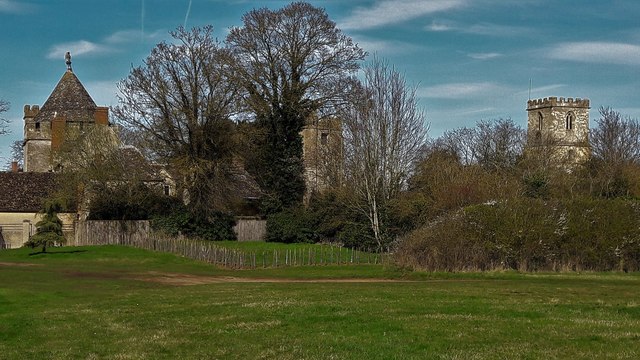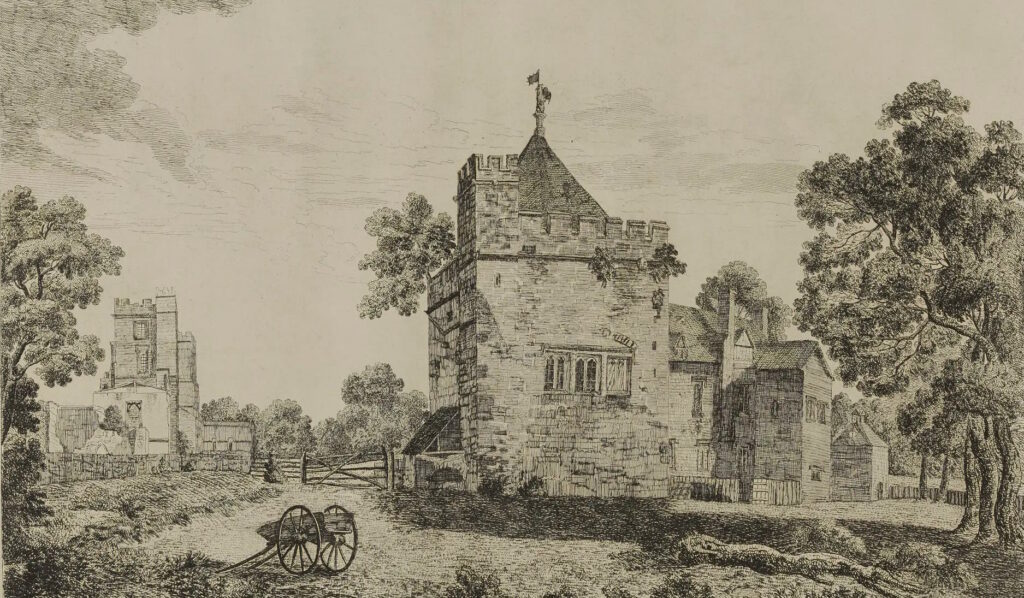This post is part of my attempt at Bloganuary 2024. Today’s prompt is:
Name an attraction or town close to home that you still haven’t got around to visiting.
I live a just outside the village of Stanton Harcourt in West Oxfordshire. It’s tiny, but it’s historically-significant, and there’s one very-obvious feature that I see several times a week but have never been inside of.

When William the Conqueror came to England, he divvied up large parts of the country and put them under the authority of the friends who helped him with his invasion, dioceses of the French church, or both. William’s half-brother Odo1 did particularly well: he was appointed Earl of Kent and got huge swathes of land (second only to the king), including the village of Stanton and the fertile farmlands that surrounded it.
Odo later fell out of favour after he considered challenging Pope Gregory VII to fisticuffs or somesuchthing, and ended up losing a lot of his lands. Stanton eventually came to be controlled by Robert of Harcourt, whose older brother Errand helped William at the Battle of Hastings but later died without any children. Now under the jurisdiction of the Harcourt family, the village became known as Stanton Harcourt.

The Harcourt household at Stanton in its current form dates from around the 15th/16th century. Perhaps its biggest claim to fame is that Alexander Pope lived in the tower (now called Pope’s Tower) while he was translating the Illiad into a heroic couplet-format English. Anyway: later that same century the Harcourts moved to Nuneham Courtenay, on the other side of Oxford2 the house fell into disrepair.

It’s a piece of local history right on my doorstep that I haven’t yet had the chance to explore. Maybe some day!
Footnotes
1 If you’ve heard of Odo before, it’s likely because he was probably the person who commissioned the Bayeux Tapestry, which goes a long way to explaining why he and his entourage feature so-heavily on it.
2 The place the Harcourt family moved to is next to what is now… Harcourt Arboretum! Now you know where the name comes from.